In an earlier post, we encouraged parents to stop being bystanders in the fight against cyberbullies and online threats directed at children and teens.
Today, your attention will be drawn to another case that needs your urgent attention. Something serious. And potentially bad to children if preemptive measures are not taken. It’s the Momo challenge and similar self-harming challenges.
The ‘Momo Challenge‘ has been described as a form of cyberbullying targeting young kids and teenagers through Facebook and WhatsApp.
The challenge entices phone users to contact a user named Momo, a grotesque woman with big bulging eyes and a quirked smile, who, in turn, instructs them to perform a series of dangerous tasks (read activities) and provide her with photos as proof.
There are various tasks but most are violent and often escalate as the players complete tasks. Momo also threatens kids, saying if they don’t do what she instructs she will visit them at night and stab them or their families to death. In some cases, Momo instructs kids to commit suicide.
There were claims that this phenomenon had spread globally by July of 2018 and that it had led to several suicide cases but to be fair, the number of actual complaints is relatively small to date because it is yet to be confirmed that anyone was actually harmed. However, the threats directed at the target audience, mostly teenagers, can create panic, paranoia, or worse.
Also, our experience with the Blue Whale, another internet challenges characterized by elements of self-harm and a final challenge requiring the player to commit suicide, should serve as a lesson. In both challenges, players are instructed to perform a series of tasks and refusal to do so is met by threats.
It is likely that Blue Whale inspired other imitative self-harming and copycat challenges and games, leaving vulnerable children at risk of cyberbullying and online shaming.
The participation in Blue Whale had gone lower since late 2017 but parents and educators need to stay alert. Preemptive measures can help with suicide prevention, create awareness of mental health and online safety in advance.
Hidden messages
Latest reports indicate that trolls are now, allegedly, uploading hidden suicide messages in YouTube Kids cartoons.
Parents are being warned that the uploaded cartoons to YouTube Kids contain a hidden message that is encouraging children to kill themselves.
The now-deleted video features a clip from YouTube prankster Filthy Frank. He appears on screen describing how kids can harm themselves before signing off with “End it.”
Child health experts believe these videos could lead to a rise in child suicide.
While Youtube claims that many of its offensive videos are taken down before they are viewed, it is clear that they do not cat fast enough. YouTube Kids should be a safe haven for kids but that is not the case. This should also challenge us to investigate Google’s Kiddle a bit more.
Here’s how parents come in…
Parents ought to talk to their kids as the new viral challenge continues to spread across social media putting children and teenagers in potential danger.
Today, it is not realistic for parents to threaten to take kids’ phones away, especially because that they can still access the internet from their friends’ phones or cyber cafes. Instead, parents and guardians should have an open dialogue with their children.
They should let older kids know that the challenge is potentially harmful as it is a form of cyberbullying. They should also engage them in selecting games or challenges that do not threaten their wellbeing in any way.
In addition to telling kids not to accept invitations to play or click on any unidentified links, parents ought to continue monitoring their kids’ online activities.
WhatsApp is encouraging its users to block phone numbers engaging in this practice and to report them to the company.
Engage us. Share your thoughts on these challenges in the comments section.

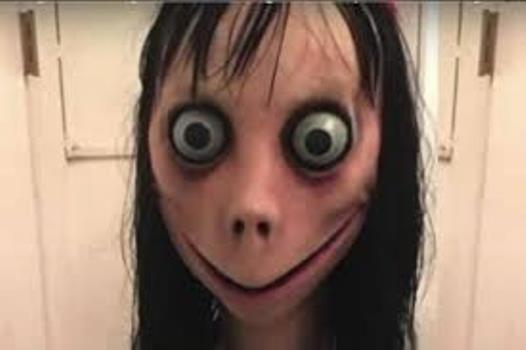
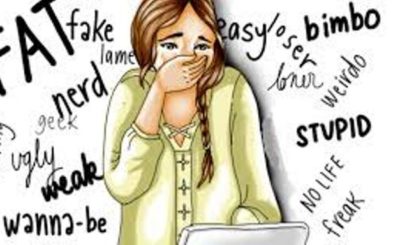
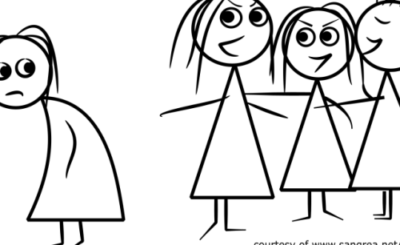
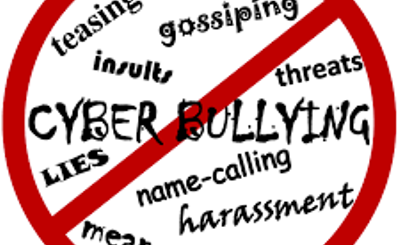
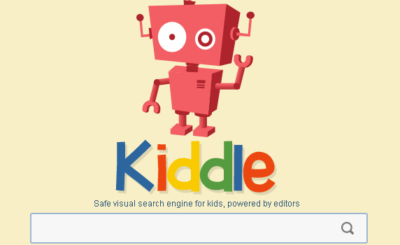

Leave a Reply